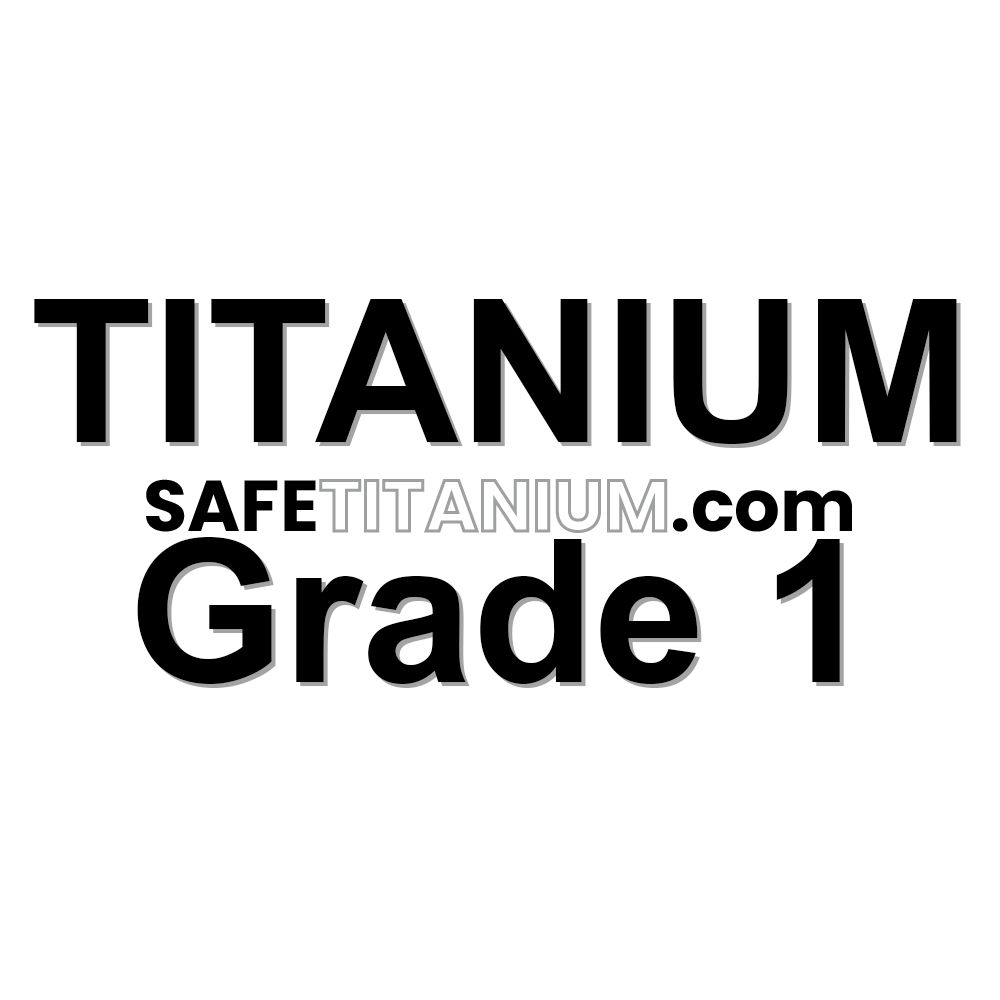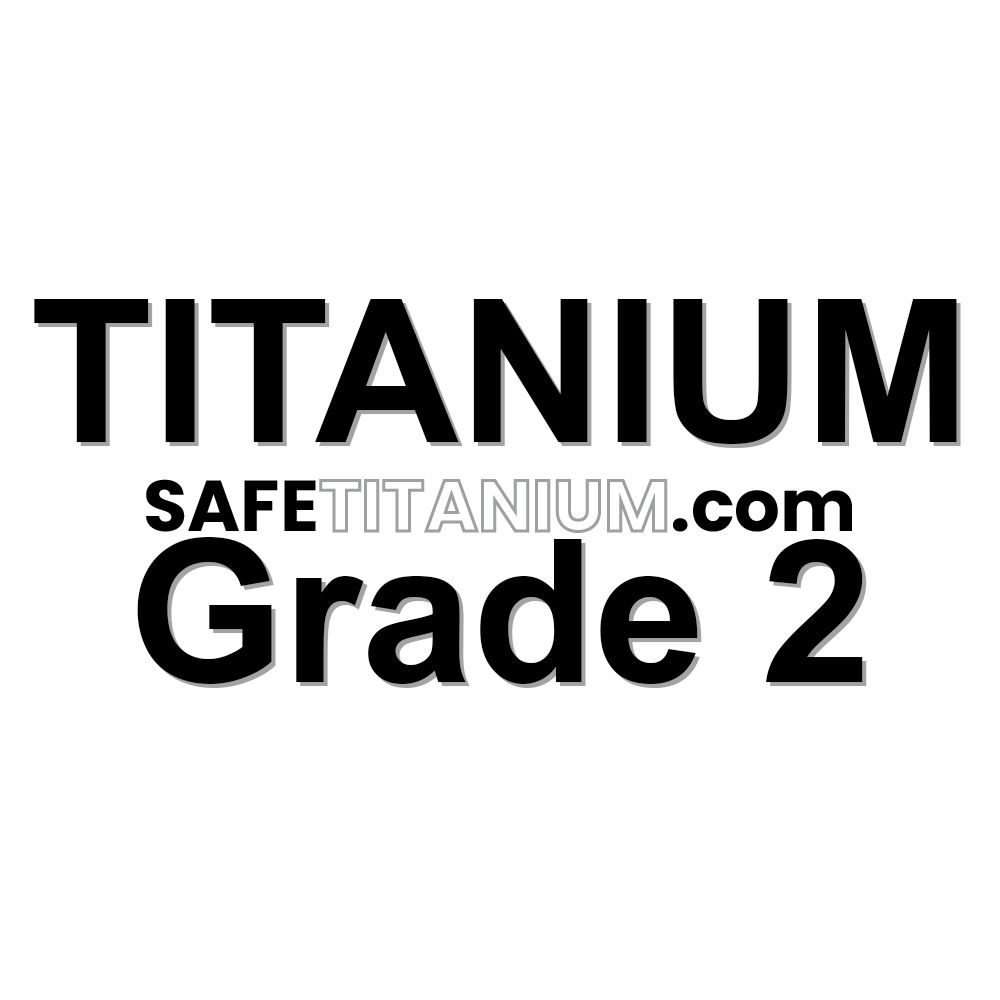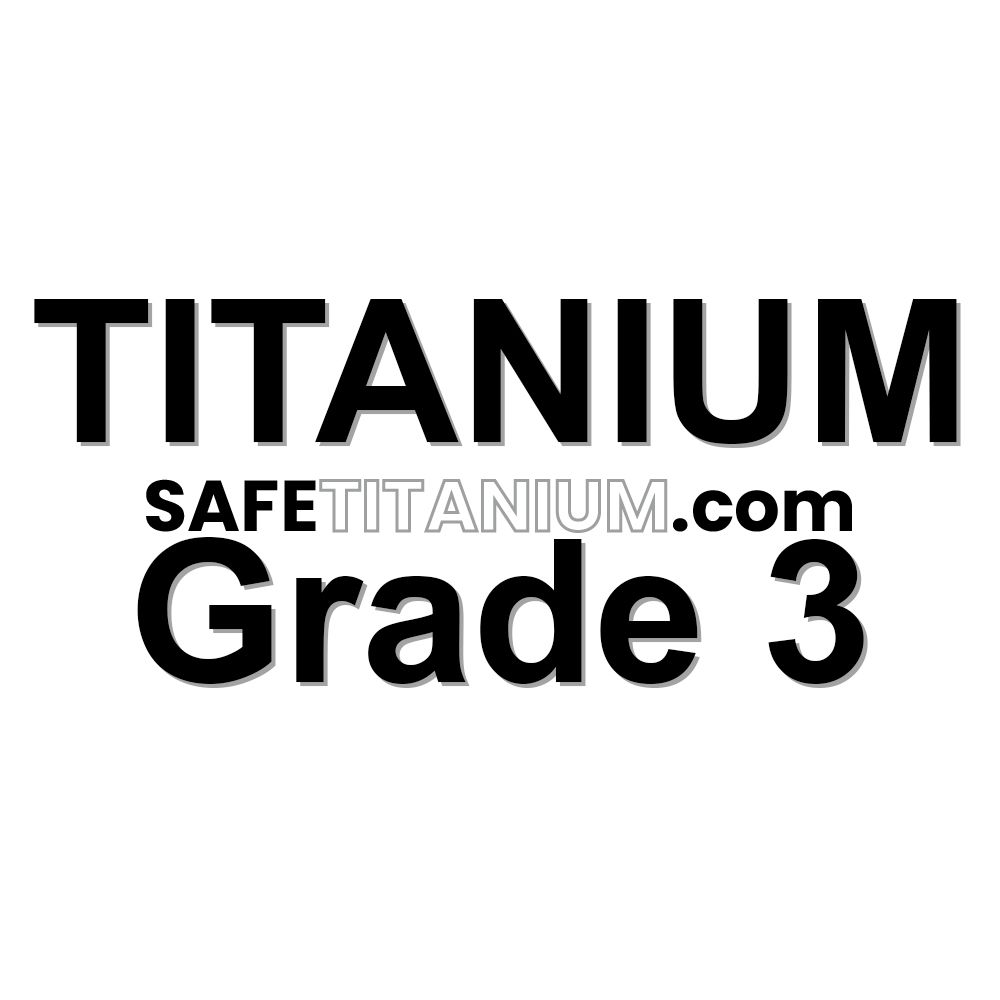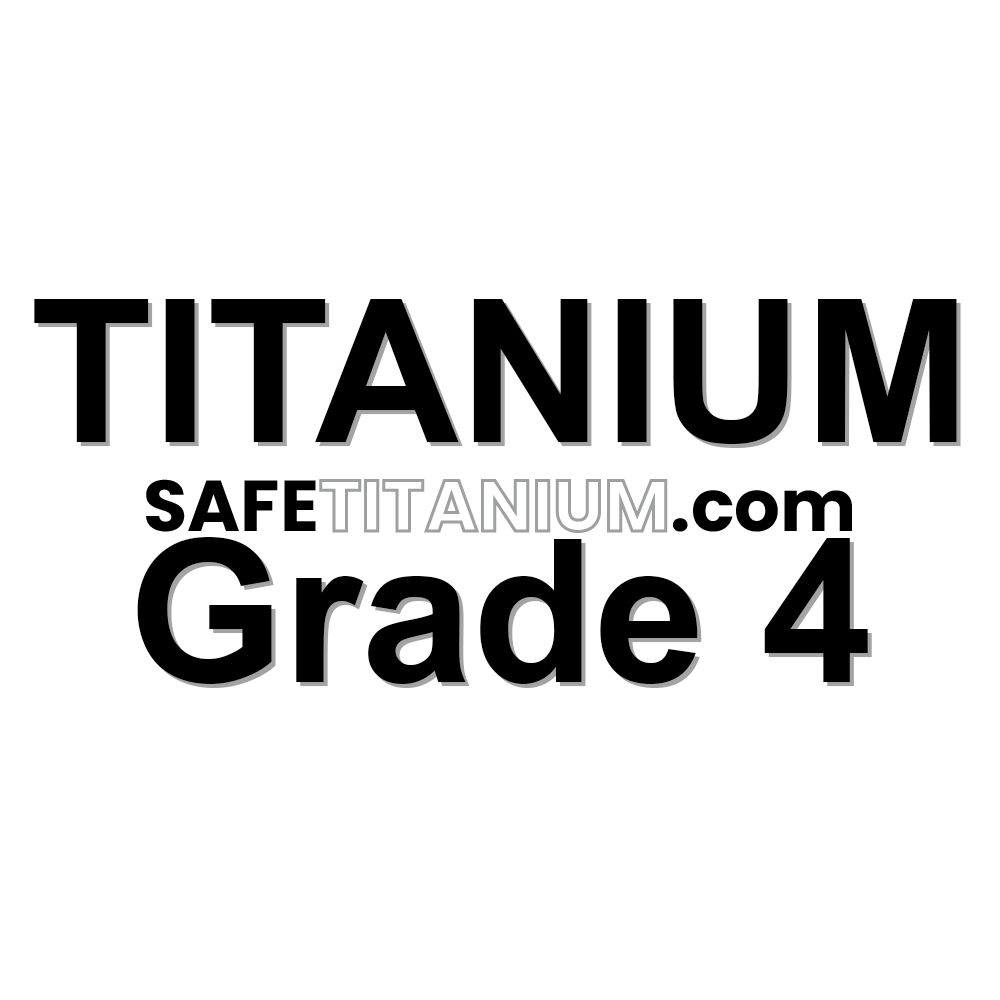DIN 912
DIN 912 is a German standard for hexagon socket head cap screws. These screws are characterized by their hexagonal recessed drive and their cylindrical head with a flat top surface and chamfered edges. Here are some key characteristics and details about DIN 912 screws:
Key Characteristics:
· Drive Type: Hexagon socket (Allen key or hex key).
· Head Type: Cylindrical head with a flat top surface (cap screw).
· Material: Typically made from steel, stainless steel, or other alloys including titanium in some applications.
· Thread: Metric thread specification.
· Sizes: Available in various diameters and lengths to suit different applications.
· Strength: Generally high tensile strength, depending on the material and grade.
Typical Applications:
· Mechanical and Industrial: Used in machinery, equipment, and automotive industries for securing parts where a flush mounting with high tensile strength is required.
· Construction: Used in construction and building applications where secure fastening with a sleek finish is needed.
· Engineering: Commonly used in precision engineering and manufacturing processes due to their reliability and ease of use with hex keys.
· Maintenance and Repair: Frequently used for maintenance and repair tasks where durable and reliable fastening is essential.
DIN 912 Specifications:
· Standard: DIN 912 (Deutsches Institut für Normung, German Institute for Standardization).
· Materials: Commonly available in steel (e.g., 8.8, 10.9 grades), stainless steel (e.g., A2, A4), and sometimes in titanium for specialized applications.
· Sizes: Typically ranges from M1.6 to M36 in diameter and various lengths.
DIN 912 screws are widely recognized for their versatility, strength, and ease of use, making them a popular choice across various industries and applications where secure fastening with a clean and flush appearance is required.
 Titanium Grade 1
Titanium Grade 1
 Titanium Grade 2
Titanium Grade 2
 Titanium Grade 3
Titanium Grade 3
 Titanium Grade 4
Titanium Grade 4




